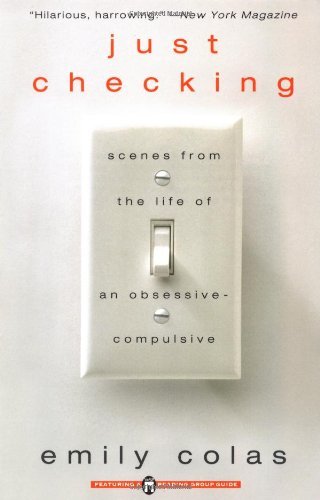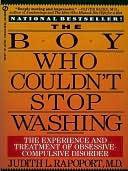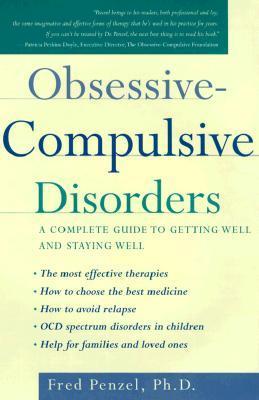
Brain Lock: Free Yourself from Obsessive-Compulsive Behavior
Book Description
Imagine a mind trapped in an endless loop, where every thought spirals into a relentless cycle of anxiety and doubt. In "Brain Lock," Jeffrey M. Schwartz unveils a groundbreaking method that shatters the chains of obsessive-compulsive behavior, offering a beacon of hope for those ensnared by their own minds. With powerful insights and practical strategies, this compelling guide illuminates the path to reclaiming control and transforming life from chaos to clarity. Can one simple shift in perspective unlock the door to freedom?
Quick Book Summary
"Brain Lock" by Jeffrey M. Schwartz is a transformative self-help guide for those struggling with Obsessive-Compulsive Disorder (OCD). Schwartz, a leading neuroscientist, introduces a practical, four-step cognitive behavioral approach empowering readers to overcome obsessive thoughts and compulsive behaviors. He argues that OCD arises from a brain malfunction—"brain lock"—causing sufferers to become trapped in repetitive cycles. By teaching patients to recognize their intrusive thoughts as symptoms, relabel their compulsions, refocus on constructive actions, and revalue their experiences, Schwartz provides tools for altering ingrained neural patterns. Integrating neuroscience, clinical anecdotes, and actionable exercises, "Brain Lock" equips individuals and their families with the understanding and skills necessary to break free from OCD's grip and reclaim agency over their lives.
Summary of Key Ideas
Table of Contents
Understanding the Nature of OCD and Brain Lock
Schwartz begins by demystifying Obsessive-Compulsive Disorder, explaining that OCD is a biological problem rooted in brain chemistry rather than a character flaw or personal weakness. He introduces the concept of "brain lock," a state in which the brain gets stuck in unhelpful loops of obsession and compulsion. By viewing OCD as a medical condition affecting thought patterns, sufferers and their loved ones can approach the disorder without stigma or self-blame, paving the way for effective intervention.
The Four-Step Self-Treatment Method
Central to Schwartz's approach is his Four-Step Method: Relabel, Reattribute, Refocus, and Revalue. Relabeling involves consciously identifying obsessive thoughts and compulsive urges as symptoms of OCD, rather than truths or essential aspects of the self. Reattributing encourages sufferers to recognize that these symptoms are caused by a brain malfunction, not personal failing. Through Refocusing, individuals redirect their attention to positive, constructive behaviors for at least fifteen minutes, effectively weakening the grip of compulsions. The final step, Revaluing, helps sufferers further distance themselves emotionally from intrusive thoughts, reducing their perceived importance.
Changing Brain Patterns through Mindful Awareness
The book delves deeply into techniques for applying mindfulness and cognitive awareness to practice these four steps. Schwartz stresses that consistency and persistence are crucial for progress. By weaving together scientific explanations and vivid case studies, he illustrates how sufferers can use the Four Steps repeatedly to gradually rewire their brain’s habitual responses. Over time, this mindful approach can lessen the frequency and intensity of OCD urges, enhancing overall well-being.
The Importance of Support and Persistence
Support from family members, therapists, and support groups is presented as essential in the recovery process. Schwartz discusses the challenges that patients and their loved ones may encounter, emphasizing the value of patience, compassion, and education. He provides practical advice for families, helping them to encourage constructive behaviors without reinforcing compulsions, and highlights the importance of celebrating small victories to sustain motivation.
Neuroplasticity and the Path to Recovery
Schwartz concludes by examining the science of neuroplasticity—the brain’s ability to change and adapt. He provides encouraging evidence that, with persistence and the right strategies, people with OCD can reshape their neural pathways. By committing to the Four-Step Method and maintaining hope, sufferers can break free from the cycle of "brain lock" and lead more fulfilling, autonomous lives. The book ultimately serves as a roadmap to recovery, blending neuroscience with empathy and hands-on guidance.
Download This Summary
Get a free PDF of this summary instantly — no email required.





